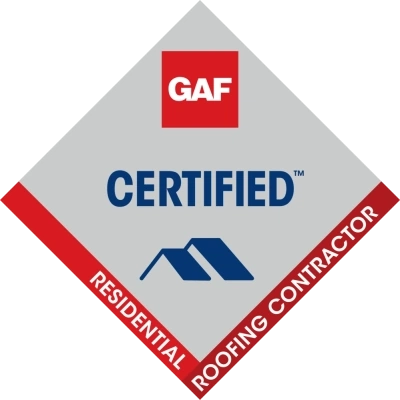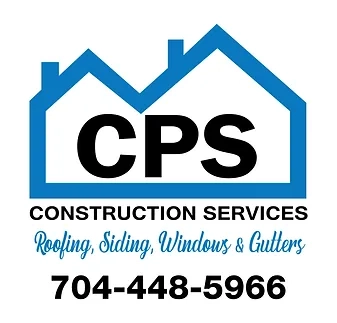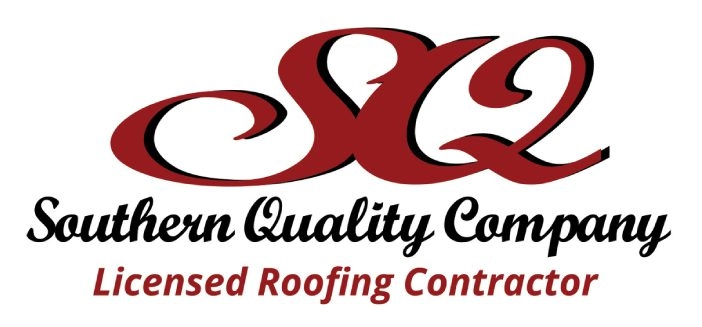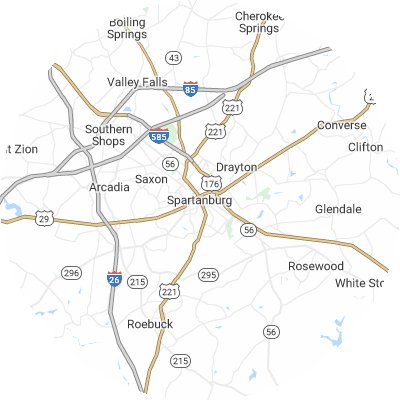Signs You May Need Gutter Guards
Gutter guards aren’t always needed, but indicators of blocked and overflowing gutters are clear. Here are some signals of chronic gutter issues:
- Mold growth, interior wall stains, or peeling exterior paint on walls near gutters.
- Soggy ground or visible erosion patterns around your house's foundation
- Frequent clogs that lead to overflow and water spilling over gutters
- Leaky seams or joints where water leaks out of gutters
- Visibly saggy, damaged, or misaligned gutters that no longer correctly direct rainwater
How To Choose a Gutter Guard Installer
Assess Their Experience
When picking an installation company, look for one with extensive experience and knowledge about numerous brands and guard types. A company with experience will understand how to measure and fit gutter guards for your specific needs. Check a company's years of experience and request referrals from local customers.
Verify Proper Licensing and Insurance
Always verify professional gutter guard installers are properly licensed, bonded, and hold general liability insurance and workers compensation. This protects you from liability for any accidents or injuries that might happen. Ask to see current licensing and insurance papers when speaking to potential providers.
Choose Reputable Brands
Look for reputable gutter guard brands such as LeafFilter and Gutter Helmet when selecting an installer. Avoid generic no-name or off-brand guards, which likely do not undergo the same level of rigorous testing.
Seek Custom Fit Services
For superior performance, gutter guards need to be sized and cut on-site to match your unique gutter setup. Select a company that uniquely sizes and cuts guards specifically for your home, rather than using universal guards. Correctly fitted guards will leave no gaps for debris to get stuck.
Examine Warranties
Leading gutter guard companies often offer 20-year or lifetime warranties covering rust, leaks, clogs, and other issues. When selecting a company, read through the warranty details for both workmanship and materials guarantees. Warranties give you the best protection for your gutter investment.
Check Reviews and Referrals
You should check online reviews on sites such as Yelp, Google Reviews, or the Better Business Bureau (BBB) to read about customer experiences. You can also ask neighbors to suggest quality local gutter guard companies. When researching providers, we'd recommend going for companies with consistently positive or good feedback instead of just one or two reviews.
Types of Gutter Guards
The six most common gutter guard types are as follows:
- Brush guards are made of large brush bristles that are installed in your gutters, allowing water to pass through while stopping debris. On average, you can expect to spend $4.04 per linear foot for brush guards.
- Foam guards consist of pieces of foam that sit in your gutters to catch debris. They're lightweight and easy to install. On average, you can expect to spend $2.46 per linear foot for foam guards.
- Screen guards have large holes that allow water to pass through while blocking debris. On average, you can expect to spend $4.30 per linear foot for screen guards.
- Mesh guards have smaller holes than screen guards and similarly block debris while allowing water to flow through. They are durable and allow debris to slide off rather than sit on top of your gutters. On average, you can expect to spend $4.07 per linear foot for mesh guards.
- Micro-mesh guards are usually the most effective. Micro-mesh guards have smaller holes than standard mesh guards and allow even less debris through. Micro-mesh guards cost roughly $5.15 per linear foot.
- Surface tension guards, also called reverse curve guards, use surface tension to let water flow into your gutters while debris slides off. Normally, they are visible from the ground. Surface tension guards cost around $3.17 per linear foot.




